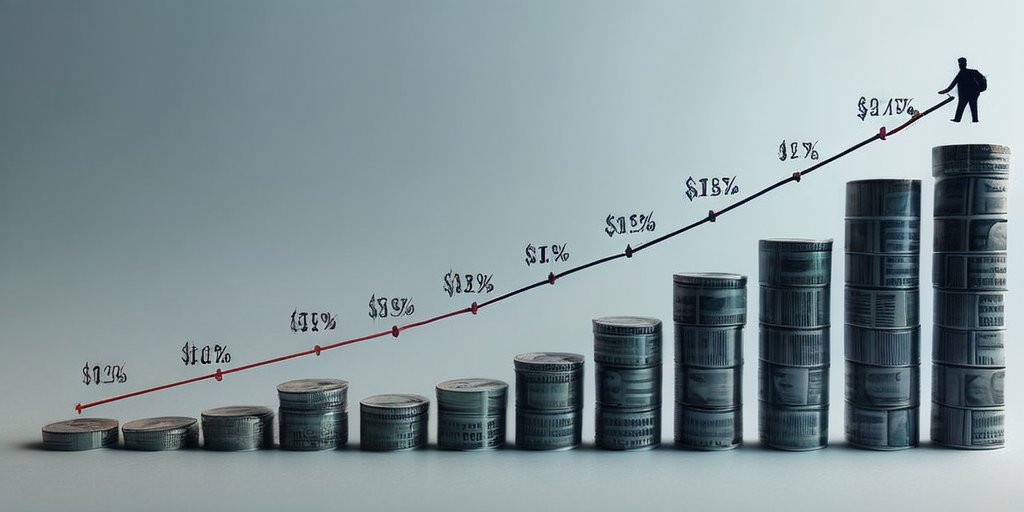On Wednesday, the Federal Reserve maintained its stance on interest rates amid growing concerns linked to the chaotic trade policies of the Trump administration. As Federal Reserve Chair Jerome Powell spoke, analysts noted that Trump’s sharp tariff policies have led many to revise their U.S. growth forecasts downward. The Federal Reserve itself acknowledged this shift, expressing expectations of weaker growth and higher inflation than previously projected.
Analysts indicated a significant wave of uncertainty remains surrounding the ongoing actions from the White House, particularly the proposed tariff hikes against key allies. While the idea of falling interest rates is appealing to consumers and businesses, it’s essential to understand that such reductions may stem from economic weaknesses rather than declining inflation.
Greg McBride, chief financial analyst at Bankrate, highlighted the importance of context, stating, “We want interest rates to decline because inflation declines, not because of economic weakness.”
The Fed continues to consider the likelihood of two quarter-point rate cuts this year, as the economic climate remains tense. Potential consumers might find themselves navigating a complex landscape of high-interest debts and savings options that offer excellent returns.
### Key Tips to Maximize Savings Amidst High Rates
Even as interest rates remain steady, there are strategies to elevate your savings returns:
– **High-yield savings accounts** provide returns over 4%, significantly outpacing traditional savings accounts.
– **Certificates of deposit (CDs)** lock in interest typically between 4.15% and 4.45% for varying terms, providing a safe investment mode.
– **Treasury bills and notes** also offer secure returns uninfluenced by state taxes, making them attractive amid volatility.
### Understanding the Debt Landscape
If the Federal Reserve proceeds with potential rate cuts later this year, consumers should strategize their approaches to various debts.
– **Credit card rates** average around 20.09%, with options like balance transfer cards available for managing escalating debt without accruing more interest.
– **Mortgage rates** reflect a slow decline, tied to Treasury yields, reinforcing the need for consumers to shop around and negotiate better terms.
– **Auto loans**, meanwhile, rise in tandem with the anticipated tariffs on imported cars and parts, increasing the financial burden for consumers seeking new vehicles.
### Future Outlook
As Trump’s trade policies continue to influence overall economic stability, consumers must stay informed to navigate potential shifts in interest rates effectively. Strategies targeting savings optimization and debt management remain crucial for financial health in uncertain times.
Tracking how these policies may evolve in the upcoming months will be vital for understanding the cost of borrowing and saving. Engaging with financial resources for negotiating better rates on loans could save individuals significant amounts and support their long-term economic stability.
In conclusion, Trump’s turbulent trade milieu necessitates a keen awareness of the shifting economic landscape, impelling consumers to be proactive in managing their finances amid rising inflation and the unpredictability of interest rates.
